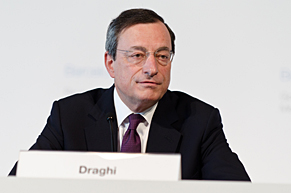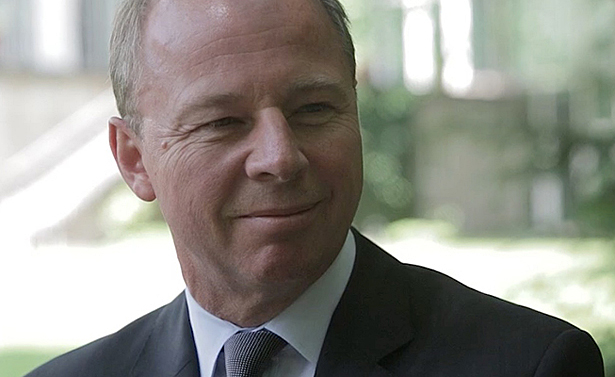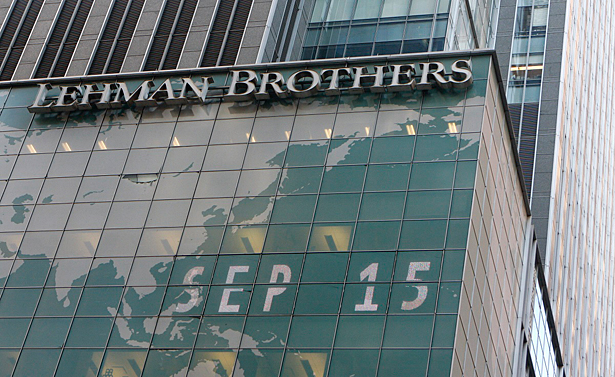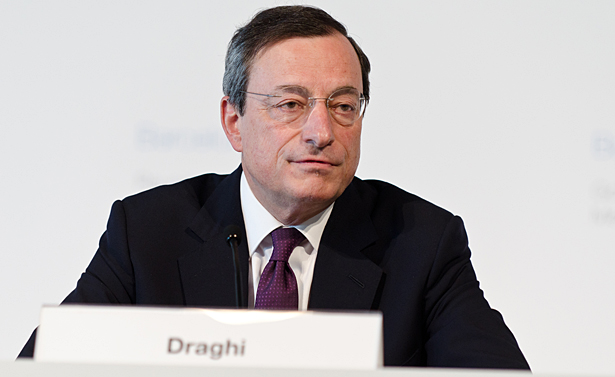November 2008: Recession
At the end of 2008, Germany and several other countries are in recession. The GDP of a number of countries shrinks significantly over several quarters.
November 15, 2008: Financial market reforms are initiated
A meeting of the G20 countries in Washington takes the first step towards a reform of the global financial system.
November 25, 2008: US central bank buys mortgage-backed securities
The Fed announces an 800-billion-dollar program for buying loan-backed securities.
February 17, 2009: Economic stimulus package in the US
President Obama signs the act for an economic stimulus program of 787 billion dollars.
April 2009: The crisis spreads
The global economy slides ever deeper into the crisis. A global financial summit combats the crisis with collective decisions.
3rd Quarter of 2009: The US is out of recession
After a cumulative drop of 4.3 percent in macroeconomic output between the end of 2007 and the second quarter of 2009, a moderate economic recovery begins.
February 2010: The debt crisis reaches Europe
The revaluation of risks leads to international investors withdrawing from other risky investments: After the banks, the first state "victim" is Greece, which has suffered a significant loss of trust after covering up the extent of its debt. The European Commission takes action against the deficit violators by monitoring statistics and supervising savings plans. Anxiety is increasing with regard to other European countries, such as Ireland and Portugal.
May 2010: Aid for Greece, euro rescue fund set up
A rescue package for Greece is drawn up together with the IMF. In March, Europe and the IMF agreed on a contingency plan for Greece. EU countries and the IMF made a total of 110 billion euros available as bilateral assistance loans, in return for an economic adjustment program.
The temporary euro rescue fund, made up of the European Stability Mechanism (ESM) and the European Financial Stability Facility (EFSF), is set up to provide aid for member states which may face solvency difficulties in the future.




